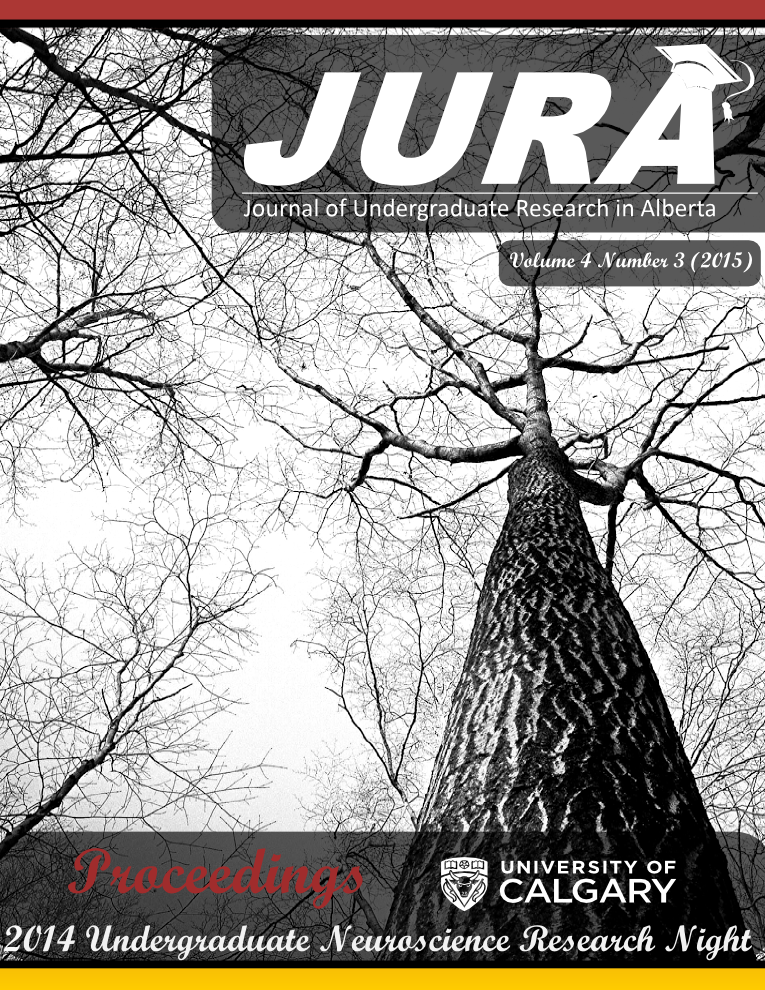SKIN DERIVED SCHWANN CELL TRANSPLANT AND IL6 NEUTRALIZATION FOLLOWING NERVE INJURY
Keywords:
nerve injury, stem cell, skin derived stem cells, IL6, interleukin 6, Schwann cells, therapy, clinical, macrophages, inflammation, cytokinesAbstract
Schwann cells (SCs), the glial cells of the peripheral nervous system, are highly plastic and are thought to be the key players in successful regeneration following nerve injury. Recently, the use of SC therapy, including therapies using SCs derived from skin (SKPSCs), has shown much potential for improving clinical outcomes after nerve injury. One of the primary mechanisms by which SKPSCs appear to enhance recovery is via the secretion of factors (ie. cytokine) known to play vital roles in regulating inflammation following injury. In particular, interleukin-6 (IL6), a pleiotropic cytokine upregulated after nerve injury, is thought to play an important role in the macrophage recruitment and phenotype regulation important for successful regeneration. Still, others have demonstrated that IL6 can play deletrious roles in the nerve as well. The dichotomous nature of IL6 in the nerve is highly context specific, highly complex and yet to be fully understood. Since we have recently identified IL6 as being expressed by SKPSCs at levels 20x higher than most other cytokines, and this cytokine is notorious for being a potent regulator of the immune system, here, we set out to determine the complex role of IL6 following SKPSCs transplant in the injured nerve. To answer this question, we administered IL6 neutralizing antiody or an IgG control during the first week following sciatic nerve crush injury and immediate SKPSC tranplant. We found that SKPSC tranplants alone increased macrophage densities in the distal stump, however this effect remained unaffected by anti-IL6 or IgG treatment. We also tested for difference in functional recovery due to our treaments and found that peak CMAP amplitudes were greatest when SKPSCs therapy was augmented with anti-IL6 treatment, compared to control treatments. Our results suggest that IL6 ultimately has a comprimising effect on SKPSCs therapy, but this effect is not due to early regulation of macrophage densities.Downloads
Additional Files
Published
2014-12-15
Issue
Section
Undergraduate Neuroscience Abstracts
License
Authors retain all rights to their research work. Articles may be submitted to and accepted in other journals subsequent to publishing in JURA. Our only condition is that articles cannot be used in another undergraduate journal. Authors must be aware, however, that professional journals may refuse articles submitted or accepted elsewhere—JURA included.


